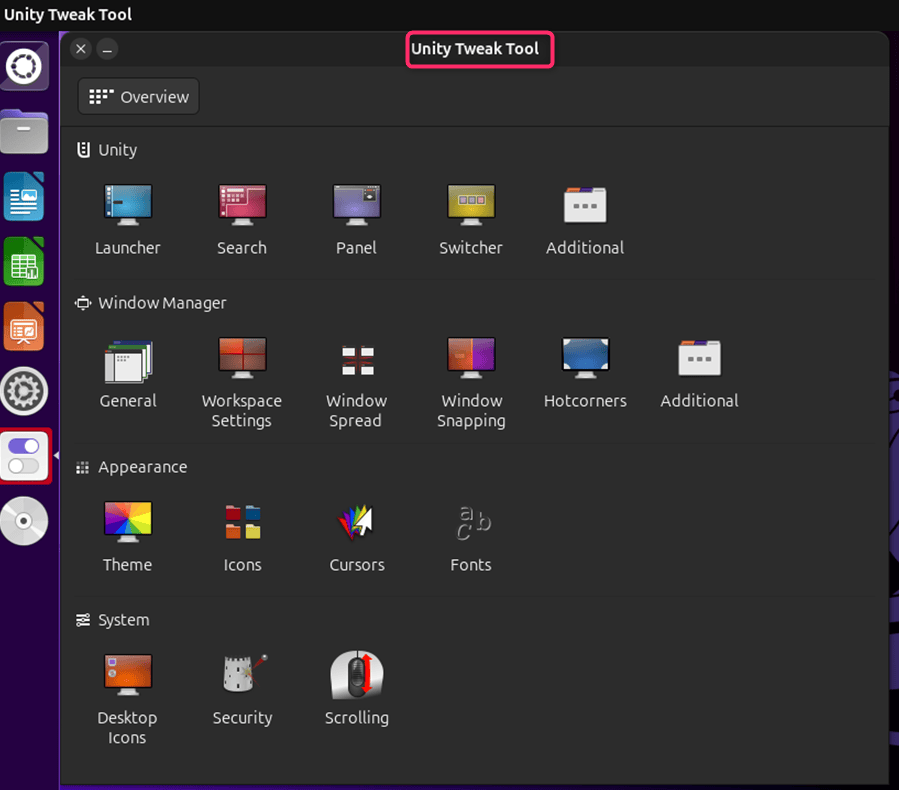How To Install Unity Desktop on Ubuntu 24.04 LTS

Unity Desktop has long been a favored choice among Ubuntu users for its intuitive interface and robust functionality. With the release of Ubuntu 24.04, many users are looking to install Unity to enjoy its unique features and streamlined experience. This guide will walk you through the entire process of installing Unity Desktop on Ubuntu 24.04, ensuring a smooth transition to this beloved desktop environment.
Understanding Unity Desktop
What is Unity Desktop?
Unity Desktop is a graphical user interface developed by Canonical for the Ubuntu operating system. Initially introduced in 2010, it aimed to provide a cohesive and user-friendly experience, integrating various components like the HUD (Head-Up Display), Global Menu, and Dash. These features allow users to access applications and system settings quickly, enhancing productivity.
Why Choose Unity?
While GNOME is the default desktop environment for Ubuntu, Unity offers several advantages:
- User-Friendly Interface: Unity’s layout is designed for ease of use, making it accessible for beginners.
- Efficiency: Features like the Dash and HUD streamline workflows by reducing the number of clicks needed to access applications.
- Customization: Users can tailor their desktop environment to fit their preferences with themes and extensions.
Preparing for Installation
System Requirements
Before installing Unity Desktop, ensure your system meets the following minimum hardware specifications:
- Processor: 1 GHz dual-core processor or higher.
- RAM: At least 2 GB of RAM.
- Storage: Minimum of 10 GB of free disk space.
- Graphics: A graphics card capable of supporting 3D acceleration.
Backup Your Data
Backing up your data is crucial before making significant changes to your system. Use tools like Deja Dup or simply copy important files to an external drive or cloud storage to prevent data loss during installation.
Updating Your System
Before proceeding with the installation, it’s essential to update your existing system packages. Open your terminal and run the following commands:
sudo apt update && sudo apt upgradeThis ensures that all software packages are current and helps avoid potential conflicts during the installation process.
Installing Unity Desktop
Installation Methods Overview
You can install Unity Desktop in several ways depending on your needs: minimal, standard, or complete installation. Each method varies in terms of features and resource usage.
Step-by-Step Installation Process
1. Launching the Terminal
The terminal is a powerful tool in Ubuntu that allows you to execute commands directly. You can open it by searching for “Terminal” in the application menu or by pressing Ctrl + Alt + T.
2. Installing Unity
You can install Unity using one of the following commands based on your preference:
-
- Standard Installation:
sudo apt install ubuntu-unity-desktop-
- Minimal Installation:
sudo apt install ubuntu-unity-desktop --no-install-recommends-
- Complete Installation:
sudo apt install ubuntu-unity-desktop --install-suggestsThe standard installation includes essential components, while minimal excludes optional packages that may not be necessary for all users. The complete installation adds additional suggested software for enhanced functionality.
3. Choosing a Display Manager
If prompted during installation, select LightDM as your display manager. LightDM is lightweight and integrates well with Unity. Use the arrow keys to navigate and press Enter to confirm your selection.
Post-Installation Steps
Rebooting Your System
Once the installation is complete, reboot your system to apply changes. You can do this by running:
sudo rebootLogging into Unity Desktop
After rebooting, you’ll be taken to the login screen. Here, click on the gear icon next to your username and select “Unity” from the list of available desktop environments before entering your password.

Initial Configuration
The first time you log into Unity, you may want to adjust some basic settings:
- Themes: Change your theme by navigating to “Settings” > “Appearance.” Choose from pre-installed themes or install new ones via GNOME Look or similar sites.
- Pannelling: Customize your panel by adding applets or removing unnecessary items for a cleaner workspace.
Troubleshooting Common Issues
Installation Errors
If you encounter errors during installation, consider these common issues:
- No Package Found: If you receive an error stating that no package was found, ensure that your repositories are correctly set up. Run
sudo apt update, then try again. - Broke Packages: If there are broken packages preventing installation, run:
sudo apt --fix-broken install
Display Issues
If you experience graphical problems after installing Unity, try these solutions:
- Tweak Graphics Settings: If using proprietary drivers (like NVIDIA), ensure they are correctly installed via “Software & Updates” > “Additional Drivers.” Select recommended drivers and apply changes.
- Xorg Configuration: If issues persist, consider regenerating Xorg configuration files with:
sudodrmsetup --configure-xorg
Performance Optimization
If Unity runs slowly on older hardware, consider these optimization tips:
- Avoid Visual Effects: You can disable animations under “Settings” > “Appearance” > “Behavior.” Set animations to “None.”
- Add Swap Space: If RAM is limited, adding swap space can improve performance. Use:
sudofallocate /swapfile 1G sudo chmod 600 /swapfile sudo mkswap /swapfile sudo swapon /swapfile
Customizing Your Unity Experience
Themes and Icons
A significant advantage of using Unity is its customizability. To change themes or icons:
- You can use tools like GNOME Tweak Tool or Unity Tweak Tool for more advanced customization options.
- Themes can be downloaded from various online repositories like GNOME Look; just ensure they are compatible with GTK versions used by Unity.
Add Applications
Add useful applications to enhance your experience with Unity Desktop. Some recommended applications include:
- Cairo-Dock: A customizable dock that provides quick access to applications.
- Pidgin: A versatile messaging client supporting multiple protocols.
- Synaptic Package Manager: A graphical package management tool that makes it easier to manage software installations.
Congratulations! You have successfully installed Unity Desktop. Thanks for using this tutorial for installing the Unity Desktop on Ubuntu 24.04 LTS system. For additional help or useful information, we recommend you check the official Mate Desktop website.